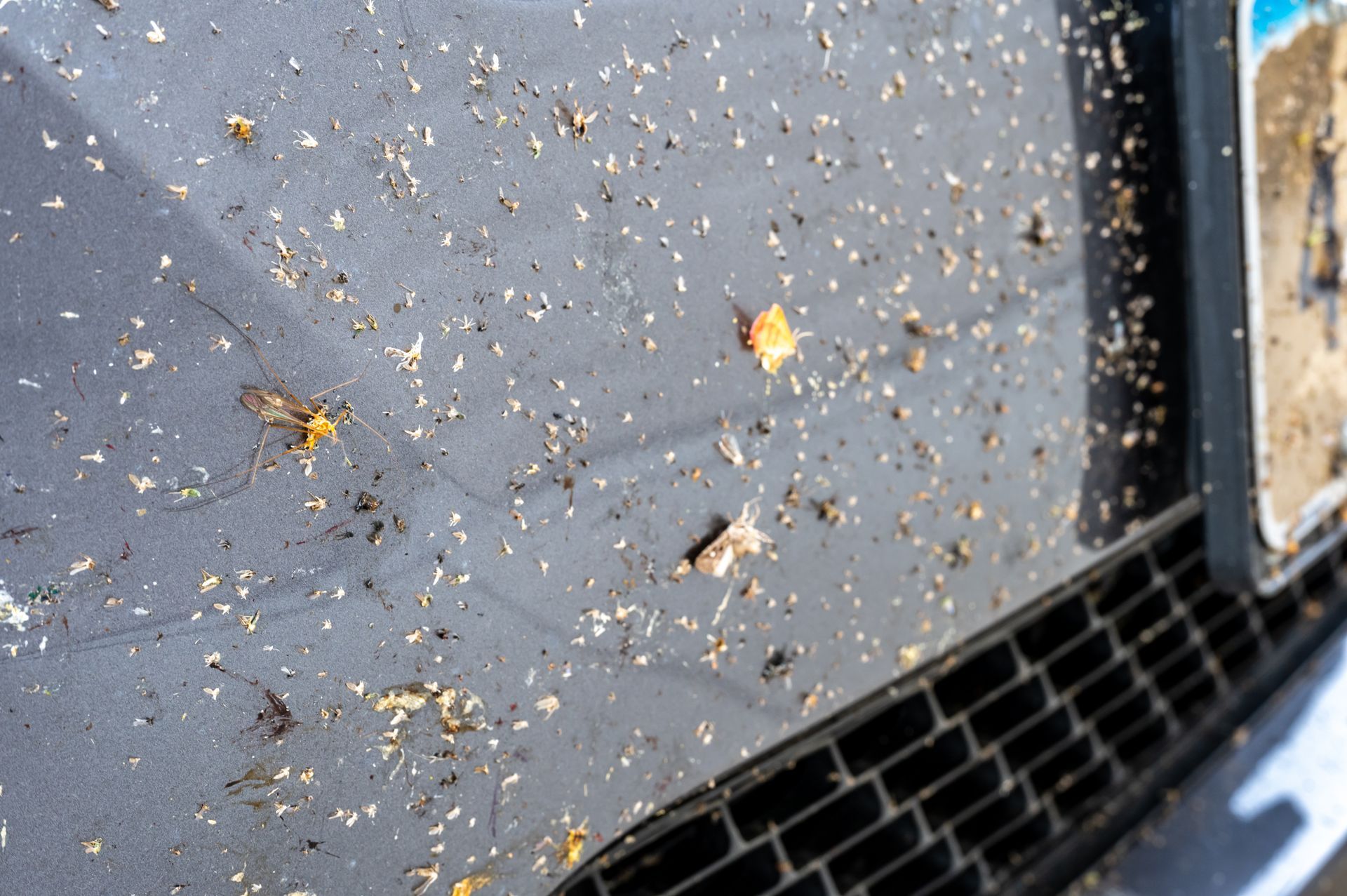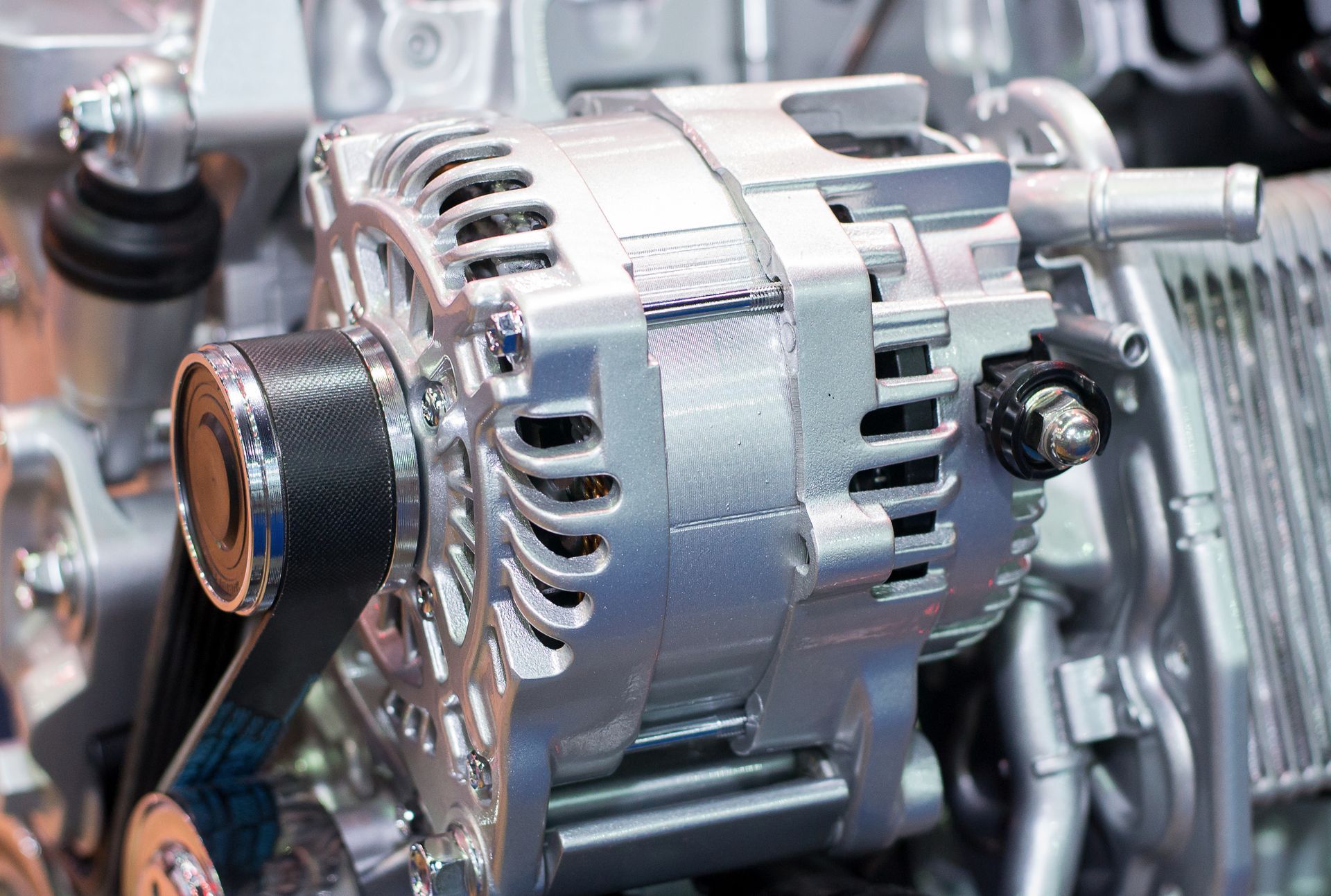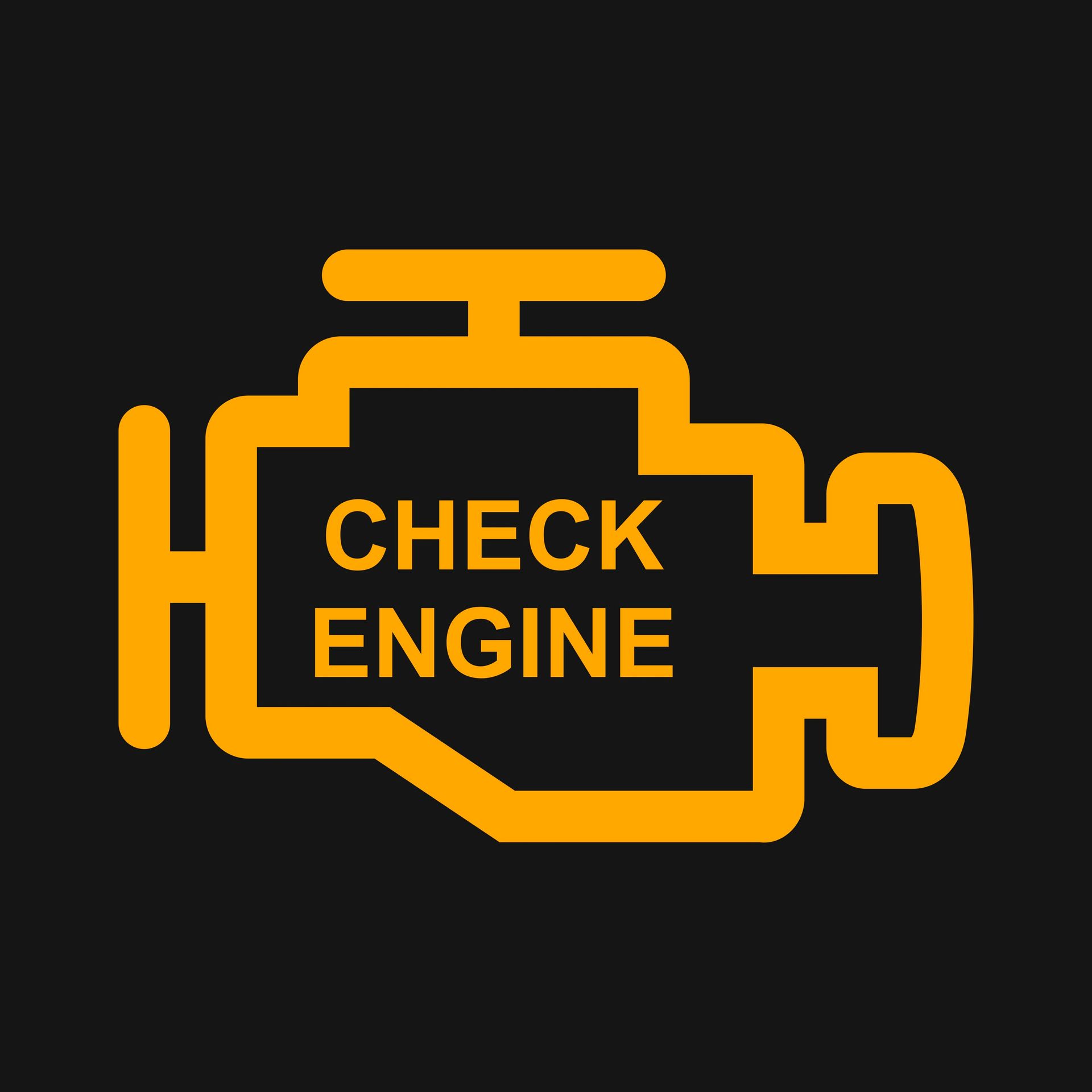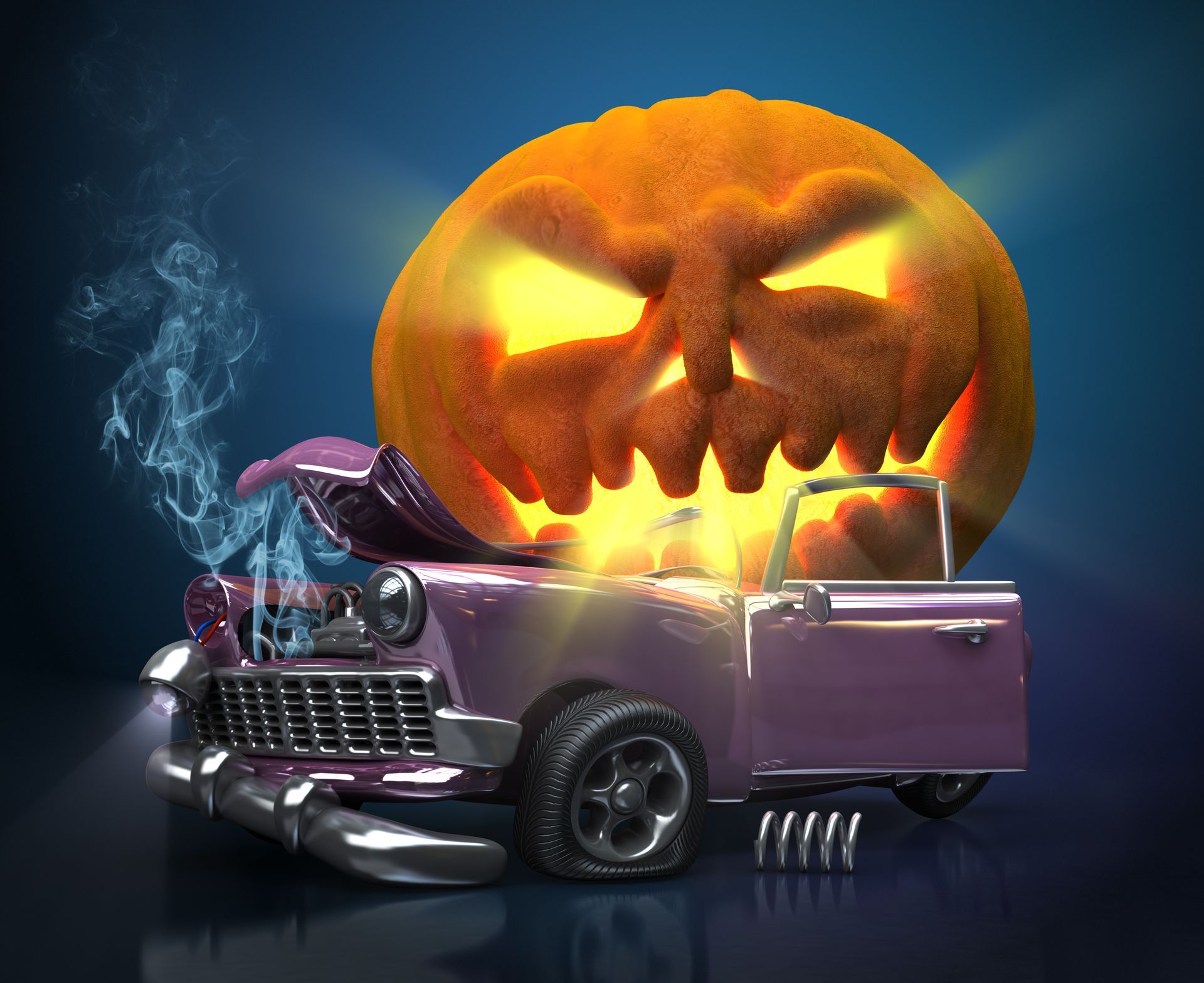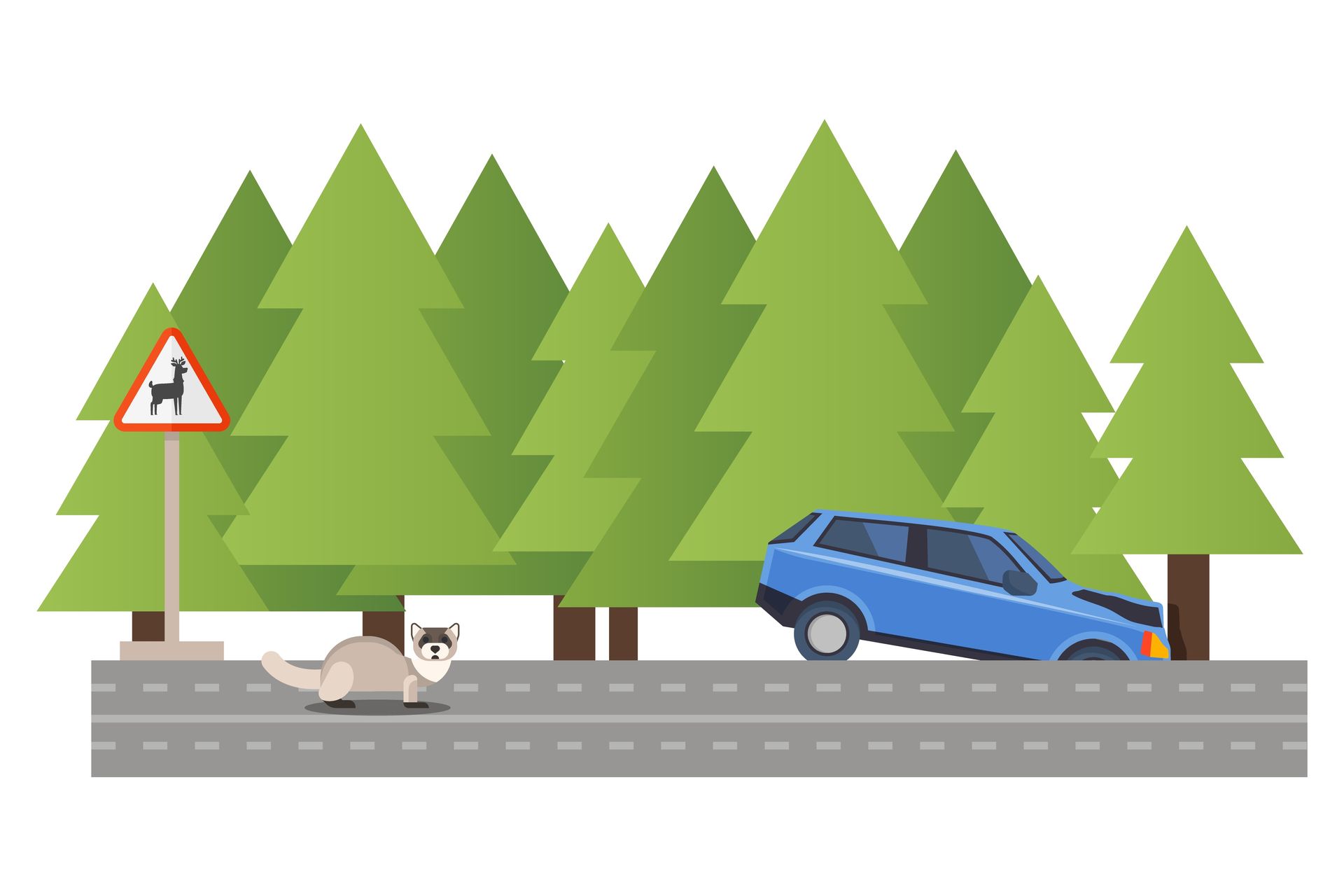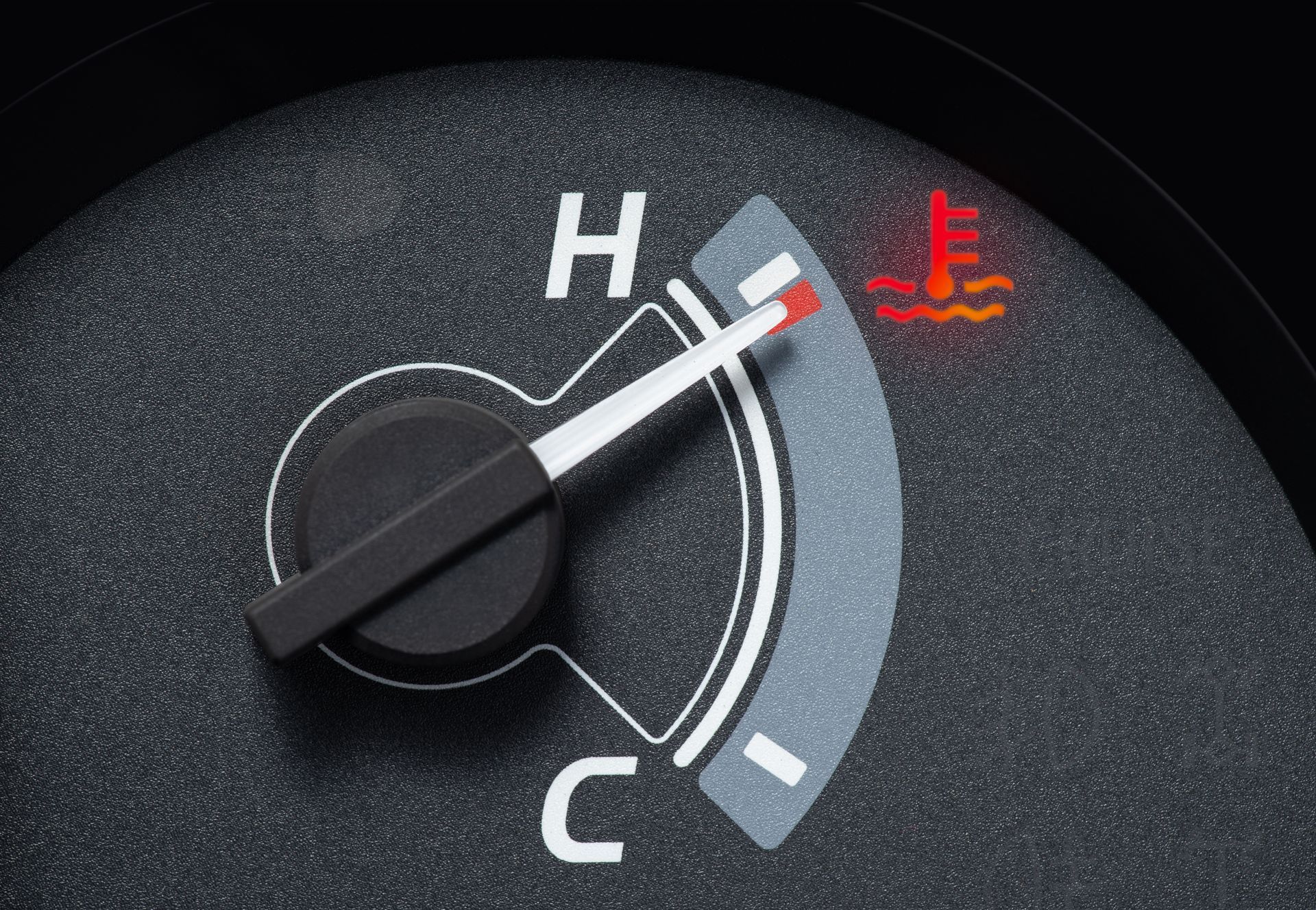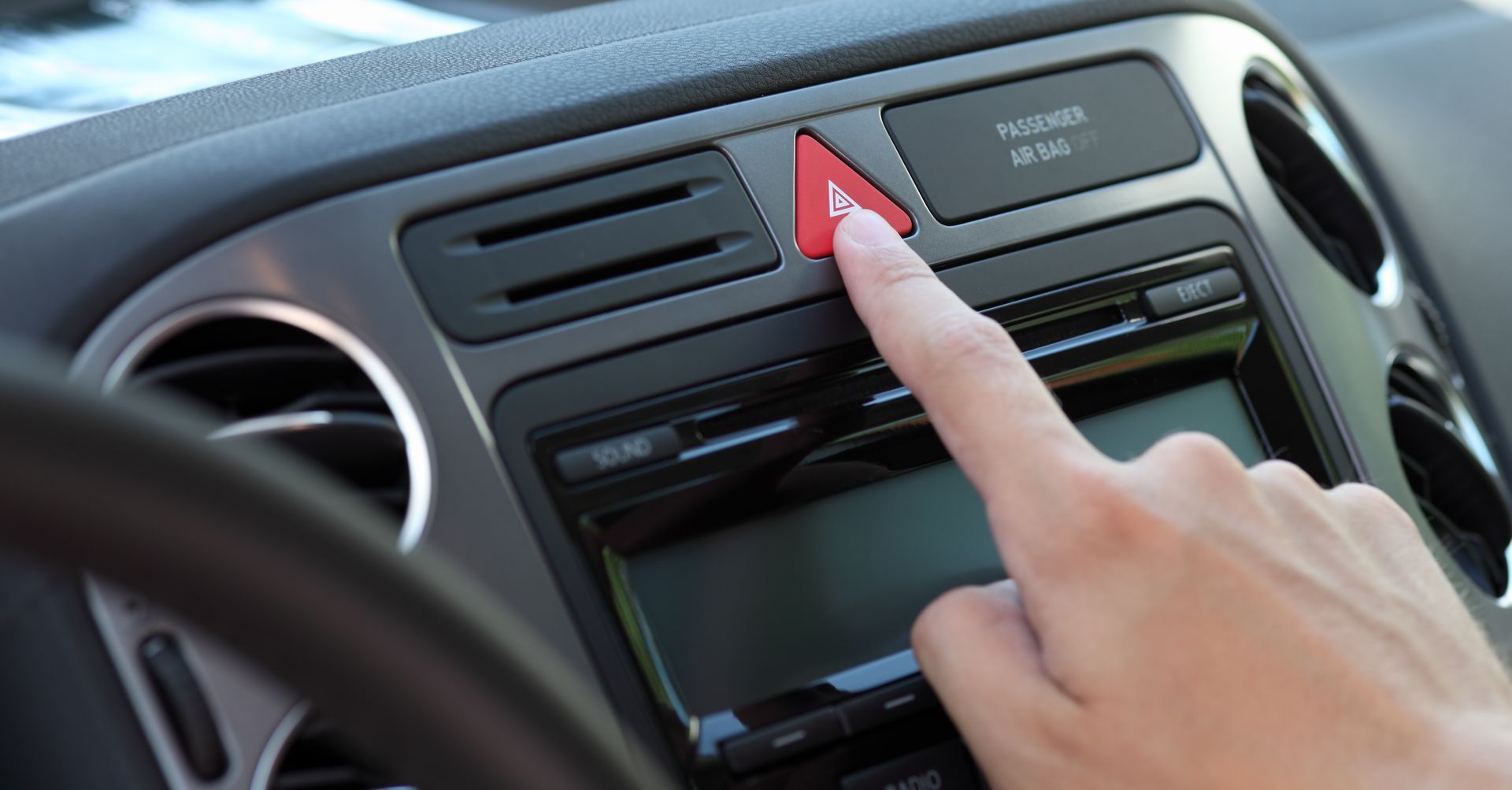Loading ...
Missing business hours data / Error occurred while getting the data.
Loading ...
Missing business hours data / Error occurred while getting the data.
What Happens to Your Old Oil After an Oil Change?
July 25, 2024
Ever wonder what happens to that dirty, black oil that's drained from your car during an oil change? This question is not only fascinating but also important for understanding the environmental impact and sustainability practices surrounding automotive maintenance. We'll trace the journey of the used motor oil and reveal what happens after it leaves your car.
The Collection Process
When you take your car to a repair shop for an oil change, the process begins with draining the old oil from your engine. This used oil, often referred to as "black gold" due to its potential for recycling, is collected in a specialized container. Repair shops use these containers to prevent spills and contamination, ensuring that the oil is safely stored until it can be transported for further processing.
Technicians are trained to handle used oil with care, as it contains various contaminants, including dirt, metal particles, and chemical additives. Once collected, the oil is stored in large, secure tanks or drums to await transportation to a recycling facility. This initial step is crucial in preventing environmental contamination and ensuring that the used oil can be properly processed.
Transportation to Recycling Facilities
After the used oil is collected and stored, it needs to be transported to a recycling facility. Specialized trucks designed to handle hazardous materials are used to transport the oil safely. These trucks ensure that there are no leaks or spills during transit, further protecting the environment from potential harm.
The journey to the recycling facility is a coordinated effort, often involving multiple parties, including the repair shop, the transport company, and the recycling facility itself. This ensures that the oil is handled according to strict environmental regulations and industry standards.
Recycling and Re-refining
At the recycling facility, used oil undergoes a thorough re-refining process. This process is designed to remove contaminants and restore the oil to a condition where it can be reused. Here's how it works:
- Filtration and Separation: The used oil is first filtered to remove larger particles and debris. It is then heated to separate water and light fuels from the heavier oil components.
- De-asphalting: In this step, heavy residues are removed from the oil, leaving behind a lighter, cleaner base oil.
- Hydrotreating: The oil is treated with hydrogen to remove impurities and improve its quality. This step helps in enhancing the oil's performance characteristics.
- Distillation: Finally, the oil is distilled to achieve the desired viscosity and purity levels. The result is a high-quality base oil that can be blended with additives to create new motor oil.
This re-refined oil is just as good, if not better, than virgin oil. It meets the same standards and specifications required for use in modern engines, making it a sustainable option for vehicle maintenance.
Environmental Benefits of Recycling Used Oil
Recycling used motor oil has significant environmental benefits. First and foremost, it prevents the improper disposal of oil, which can have disastrous consequences for the environment. When used oil is dumped in landfills, poured down drains, or spilled on the ground, it can contaminate soil and water, harming wildlife and ecosystems.
By recycling used oil, we conserve natural resources. It takes significantly less energy to produce re-refined oil compared to refining crude oil. This reduction in energy consumption leads to lower greenhouse gas emissions, contributing to a cleaner and healthier environment.
Moreover, recycling used oil reduces our dependence on foreign oil imports. Every gallon of recycled oil means one less gallon of crude oil that needs to be extracted, transported, and refined. This not only helps in energy conservation but also strengthens national energy security.
Proper Disposal of Non-Recyclable Oil Products
Not all components of used oil can be recycled. Some byproducts and residues from the recycling process need to be disposed of properly. These materials are classified as hazardous waste and require special handling to ensure they don't pose a risk to the environment or human health.
Facilities that handle used oil recycling are equipped to manage these non-recyclable components safely. They follow strict regulations and guidelines for the disposal of hazardous waste, ensuring that it is treated and disposed of in an environmentally responsible manner.
The Role of Consumers in Oil Recycling
As consumers, we play a crucial role in the oil recycling process. Ensuring that your used motor oil is properly recycled begins with choosing a reputable repair shop that follows best practices for oil disposal. Ask your technician about their oil recycling process and make sure they comply with environmental regulations.
If you change your oil at home, take the used oil to a designated recycling center. Many local auto parts stores and recycling facilities accept used motor oil from the public. Never dispose of used oil in the trash, pour it down the drain, or leave it on the ground. Responsible disposal is necessary for protecting the environment and promoting sustainable practices.
Don't let your used oil harm the environment. Bring your car to
PRO-CAT Auto Care & Repair and ensure the used oil is disposed of properly. Book your oil change now!
Contact Us
Loading ...
Missing business hours data / Error occurred while getting the data.
Quick links
Loading ...
Missing nap lines data / Error occured while getting the data.


